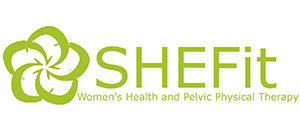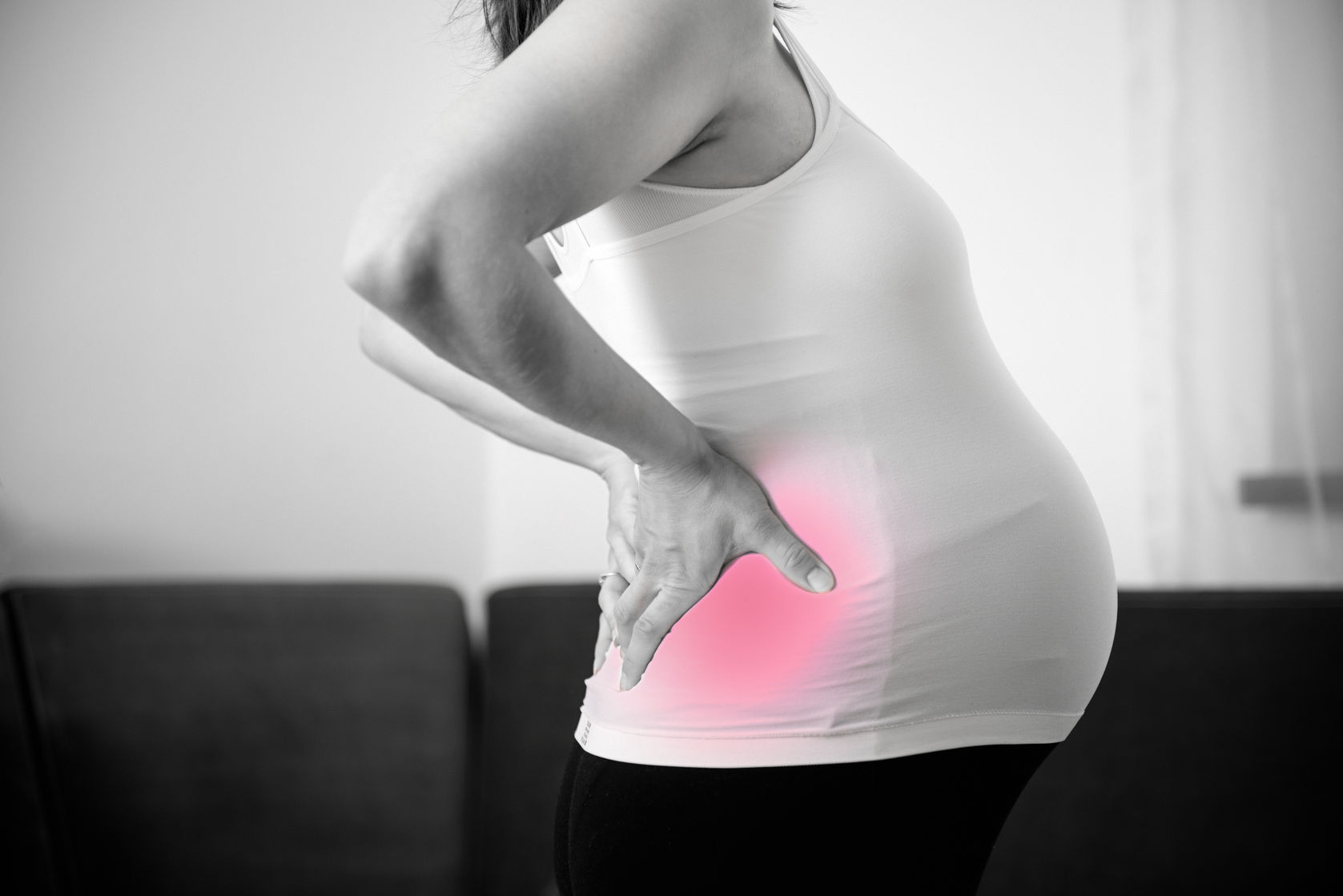Pregnancy Anatomy – Part 1
Why does your body misbehave during pregnancy?
Why does your back ache, your head throb, your pelvis feel loose and fragile?
Your body undergoes hundreds of changes throughout your pregnancy – from hormone levels to weight distribution and blood volume. Understanding some of these unavoidable developments will help you understand where the aches and pains come from – as well as how to avoid them.
Let’s start with your boney structure, or skeleton. Your skeleton is the framework off which everything else moves and pivots. Your pelvis and spine are the center, with all other body parts originating from there. The rest of the body depends upon stability of the spine and pelvis in order to generate motion and power. The bones of your arms and legs are like spokes around the axle of a wheel. Without a strong, united center, the spokes are flimsy and rather useless.
In pregnancy, a hormone called relaxin floods your system, with the very important job of increasing flexibility in the pelvis and trunk to allow for baby’s growth, and to allow the pelvis to expand when your baby eventually moves down and out. This increased flexibility in the usually stiff and immobile joints of the pelvis can result in that feeling of instability in the pelvis – especially with weight bearing activities and high impact exercise, but also with rigorous stretching. Beware of intensive poses such as pigeon pose in yoga, or deep hip flexor stretching in Pilates. Placing your hips at the far reaches of their motion can increase motion in the pelvis and irritate your joints. As you get bigger, using a pregnancy belt or brace for walking and jogging will help stabilize the pelvis and reduce stress in the hyper-mobile joints.
Attaching to your bones are hundreds of muscles. The most obvious changes during pregnancy impact the abdominals, gluteals, pelvic floor, diaphragm, and spinal muscles. However, the muscles of the neck, shoulders, knees, and feet can also become stressed due to the changes taking place throughout your body.
Your abdominal muscles are stretched to the max over 9 months, while your pelvic floor and hips are working over-time to support at least 20 lbs of extra weight overhead. The diaphragm is progressively pushed further upward, reducing your ability to expand the lungs downward and forcing you toward more of a chest-breathing pattern, using the muscles in your neck and shoulders to get the air your need. As your baby belly expands frontward, a huge increase in load is placed on the muscles on your back-side, and the gluteals and spinal muscles tend to get tight just from holding you upright all day. This can contribute to the back aches and sciatica you may experience. Increased curvature in the lower spine translates into increased curvature in the upper spine, shifting the head forward and placing extra strain on the neck and shoulders, which is exacerbated by growing breasts pulling the shoulders forward and tightening the pectoralis muscles. This added strain on the muscles of the neck can generate tension headaches and contribute to migraines.
Minding your posture and persisting with gentle strengthening and stretching of the upper back and shoulders is the best way to combat the increased load on these muscles. Keeping your pectoralis and neck muscles as balanced as possible can help alleviate neck and shoulder pain.
Another muscular change that can occur during pregnancy due to your rapidly growing belly is called diastasis recti abdominis, in which the abdominal muscles split in the middle and the central ligament becomes over-stretched and lax. This occurs in about 60% of women by their third trimester, and is nothing to be overly concerned about as it usually closes within 2 months of childbirth. It is, however, an indication that you need to be careful with how you exercise your abdominals, as certain common “core” exercises can make it worse over time. Click here to download a free PDF on managing diastasis recti.
In addition to your joints and muscles, you will have a huge increase in fluids during pregnancy. Your blood volume will increase by 50% in the first trimester, which accounts for much of the weight gain during this time, as well as the increased heart rate early on, and swelling you may experience later in your pregnancy. Continuing daily cardiovascular exercise throughout your pregnancy will help keep this fluid moving instead of pooling in your legs and ankles (as happens to many women in the second and third trimester). Doing heel raises several times a day will not only keep your legs and feet strong, (helping with foot pain), but will also use the powerful muscle pump in your calves to minimize swelling. At night when you lay down, all this fluid in your legs and feet tends to move back into your system, flooding your bladder and increasing your need to urinate at night. A great way to battle this is to lay down with your legs elevated 30-60 minutes before you go to bed and pump your feet up and down. This helps flush the system so you can eliminate that extra fluid before sleep time!
Speaking of your bladder, what pregnant woman doesn’t notice all that pressure of her growing uterus pushing down on that poor little pouch? You may notice increased urinary frequency and urgency from the normal changes of pregnancy, however leaking is not normal and should be addressed. If you have ever heard of “kegels,” this is the common term for contraction of the pelvic floor muscles. Keeping your pelvic floor strong and flexible throughout pregnancy is extremely important not only to prevent leaks, but also to help the muscles prepare to stretch and assist with birth. For more information on bladder health, you can download my free PDF guide here.
There is a lot more we could talk about during pregnancy including nerve entrapment, carpal tunnel syndrome, sciatica, lumbar disc herniations, bursitis, and cardiovascular endurance – but those will be addressed in another post. If you are experiencing any of the symptoms above, physical therapy is your best option for treatment, as it is non-invasive and no medication is required. Physical therapy addresses muscle imbalance, posture, pain, and exercise limitations. A good women’s health PT will be able to tell you how to modify your daily activities to reduce pain, and prescribe an individualized program of exercises, stretches, and self-massage techniques that will provide you relief on a daily basis. When looking for a therapist during pregnancy, be sure you ask whether the provider specializes in women’s health, pregnancy, and the pelvic floor, and whether they commonly treat pregnant and postpartum women.
Of course, if you are in the San Diego area, I would love to help you in the clinic!


